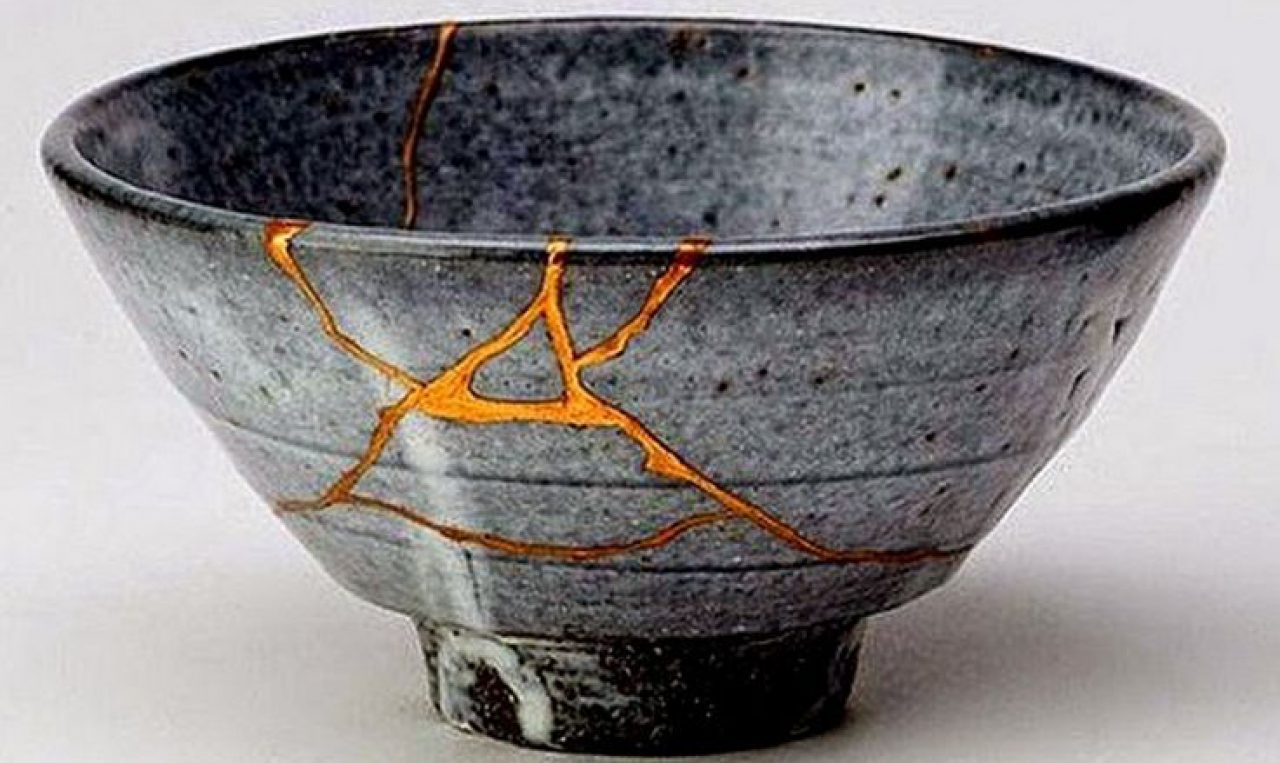Rachel Levine
Professor Harris
English 110-040
September 24, 2016
Why do we fix things and people? What are our intentions? It is quite clear that not everything can be fixed, that not everyone can be saved, and that not everyone wants to be saved. People have flaws and art is unique, so why are humans inclined to fix everything that seems a little different? Elizabeth V. Spelman describes the human reaction to fix things in her novel, Repair, in which she calls Homo sapiens “Homo reparans”.
Spelman describes three kinds of mending/fixing in her writing. The first one is simply called “repair” and this means to maintain a connection to the past in order to move forward. Next, there is “restore”, which is fixing something in a way for the object to be an authentic reproduction of its original form. Lastly, Spelman describes, “conserve”, which is invisible mending. While something like a car can be either repaired or restored, paintings are usually conserved. Can a broken heart ever be completely repaired? Even if it can be repaired, will it ever be restored and be just like new? Can a hurt relationship ever be restored? One can forgive someone who has hurt them, but can they ever forget all the pain that person has put them through?
When it comes to repairing objects, Homo reparans practically have it down to a science. If our car door is dented, do we repair the car by just finding a door that fits even if it is the wrong color? Or, do we restore it by finding the exact part and making the car appear as though it is in new, perfect condition even though it’s not? However, things get more complicated with feelings and emotions. Spelman uses the example of a girl named Jackie, a pregnant teen. She writes,
“Persons are by their very nature bound up in relation to others, and tensions and conflicts in those relations are at the heart of moral dilemmas. In order to resolve such conflicts one must focus on the specific situation of the persons involved, on the web of their relationships to people, and on how to keep those relations intact. What is the best thing for Jackie to do, given the nature of her relationship to the man involved, and her social and economic condition? How might her decision affect her relation to her parents? What kind of life would the child have? What kind of emotional and economic support does Jackie need?” (p. 44)
As Homo reparans, we can fix most situations. Jackie can choose to keep the baby, give him/her away for adoption, abortion, etc., but who will help Jackie deal with the stress and emotional pain of any of these decisions? We can fix things and situations, but who fixes us? Who fixes Jackie? Mending/fixing of whichever of the three types, to whatever degree seems like a never-ending cycle. It seems as though in the course of fixing things, other things break; as Jackie fixes the situation, she will very likely be hurt in the process.
As for repairing a relationship, there is no scientific formula for that either. Apologies and forgiveness both depend on the people involved. If the same problem was to occur in two different relationships, the outcomes and consequences in each relationship would probably differ. History plays a great role in this. If there is an argument over a specific problem that two people have never argued over in the past, they’re probably more likely to forgive and move forward. However, when two people have had the same argument over and over again, there are only so many chances. It is very hard to heal a broken heart. Humans are inclined to forgive the people we love, but we are also inclined to hold onto things. Forgive, but never forget. It’s interesting how people can claim to forgive people for things they can’t seem to let go of. When you forgive someone for something, it’s not right to keep bringing up what they did wrong and continue to hold it against them. This is the main reason that hurt relationships can never be completely repaired; people can’t let go.
Everything has flaws, as we learn from a young age that nothing and nobody is perfect. However, we don’t fix everything. How do we, as Homo reparans, decide what needs to be and what doesn’t need to be repaired? Perhaps humans only feel the need to fix the flaws that are visible to other people so that they appear to have no weaknesses and no imperfections. Or, maybe we just fix the things that make us the most insecure since we would never have time to fix every single feature we are insecure about. It is also possible that humans just simply fix the things we can’t stop thinking about, like the relationships we care about the most. It is quite clear that no Homo reparan will never be able to fix everything.
Spelman describes three kinds of mending: repairing, restoring, and conserving in Repair. It seems as though she believes that physical objects are much easier to repair than emotions and feelings are. Some things can never be fixed and some people can never rid of all the pain they feel. What does it mean to restore a person to basic working condition? Is it even possible?
